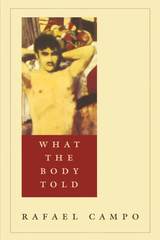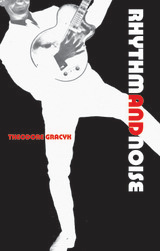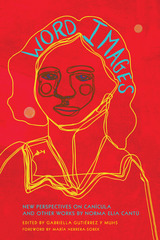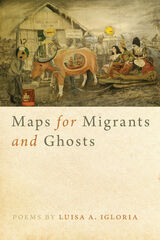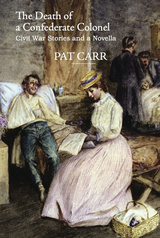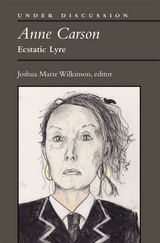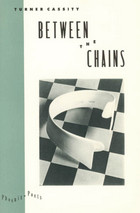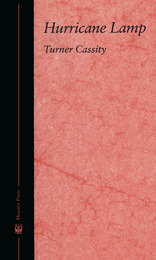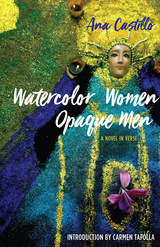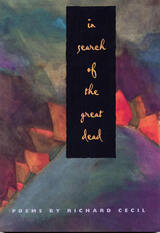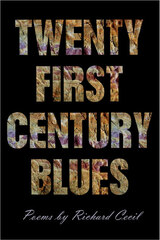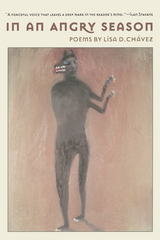Stories Of Raymond Carver: A Critical Study
Ohio University Press, 1994
Paper: 978-0-8214-1100-1
Library of Congress Classification PS3553.A7894Z78 1995
Dewey Decimal Classification 813.54
Paper: 978-0-8214-1100-1
Library of Congress Classification PS3553.A7894Z78 1995
Dewey Decimal Classification 813.54
ABOUT THIS BOOK | TOC
ABOUT THIS BOOK
Raymond Carver, known in some circles as the “godfather of minimalism,” has been credited by many as the rejuvenator of the once-dying American short story. (See the link on this page to a 2008 Kenyon Review story that discusses the recent controversy over the editing of Carver’s stories.) Drawing on representative tales from each of Carver’s major volumes of fiction, Nesset’s critical exploration leads us deep into the heart of Carver country, an eerie post-industrial world of low-rent survivors. In the earliest fiction, the politics of sex are tied to politics of fortune and chance; marriage as an institution is capricious and unsettling. In later stories, the gesture of telling stories provides an escape for certain of these characters, metaphorically and otherwise; and in Carver’s last stories, subtle strategies of language offer a similar, if more tentative release. From beginning to end, Carver’s distinctive, highly imitative style is intrinsic to his subject and is crucial in presenting what Carver called the “dark side of Reagan’s America.”
In this comprehensive study of Carver, Nesset discusses the relationship of minimalism and postmodern trends and the rise of new realism. By locating Carver in the gallery of American letters, Nesset shows him to be at once more simple and more complex than we might have believed, skillfully laying the groundwork for Carver studies to come.
In this comprehensive study of Carver, Nesset discusses the relationship of minimalism and postmodern trends and the rise of new realism. By locating Carver in the gallery of American letters, Nesset shows him to be at once more simple and more complex than we might have believed, skillfully laying the groundwork for Carver studies to come.
See other books on: Critical Study | Experimental fiction, American | Postmodernism (Literature) | Realism in literature | Short story
See other titles from Ohio University Press



